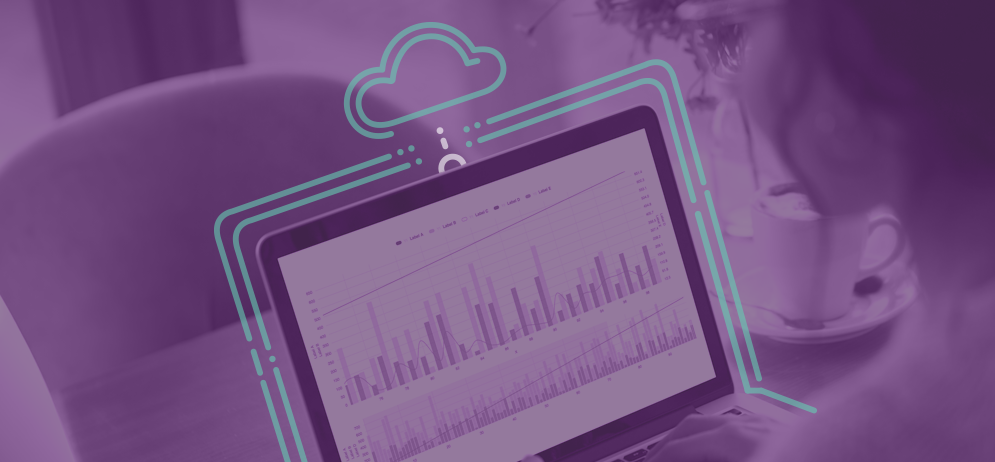Today, we’re delving into the world of Software as a Service (SaaS) to help you better understand key concepts like integrations, data automations, and extracts. Our goal is to help you make informed decisions when investing in new software for your schools.
SaaS Basics
Software as a Service (SaaS) is a method of delivering software where users access the software over the internet, often in a web browser, instead of installing and maintaining it on individual computers or servers. This can save districts time, money, and resources in IT management.
1. Integrations
- What is it? An integration is when two or more different software systems are connected to work together. It allows data to flow between the systems seamlessly. For example, a student information system (SIS) might integrate with a learning management system (LMS) to synchronize student data.
- Why is it important? Without integrations, staff might have to manually enter data into multiple systems, which can be time-consuming and error-prone. Integrations ensure that systems share data accurately and in real-time.
Example: Student Information System (SIS) and Learning Management System (LMS)
Your district probably uses a SIS and an LMS.
Without Integration: Teachers input student grades into the LMS for online assignments. Then, they manually enter those same grades into the SIS to record official transcripts. This doubles their work.
With Integration: The moment a student completes an assignment on the LMS, the grade is automatically reflected in both LMS and SIS. No extra work for teachers and less room for error.
2. Data Automations
- What is it? Data automation is the process of automatically moving or transforming data without human intervention. This can involve things like auto-generating reports or sending alerts when certain conditions are met.
- Why is it important? Automation reduces manual processes, ensuring that tasks are done more quickly and accurately. It can also provide real-time insights and notifications, enhancing decision-making and responsiveness.
Example: Attendance Notifications
Your school uses an attendance system where teachers mark students absent or present for each class.
Without Automation: If a student is marked absent three days in a row, the school office staff must manually scan the system, identify such students, and then notify their parents or guardians.
With Automation: The moment a student is marked absent for the third consecutive day, the system automatically sends an email or text notification to the student’s parents or guardians informing them of the absences.
3. Extracts
- What is it? Extracts involve pulling data out of a system to use it elsewhere. This could be for analysis, reporting, or to move it into another system.
- Why is it important? Extracts are vital when systems don’t integrate directly. It allows districts to utilize data in flexible ways, even when systems aren’t directly connected.
Example: State Reporting
Every year, your district needs to report specific student data to the state’s Department of Education for compliance and funding purposes.
Without Extracts: District staff manually compile data from different software systems—attendance, grades, discipline records—and then put them together in the required format for state reporting. This process is time-consuming and error-prone.
With Extracts: Your district’s main software allows administrators to generate a report that extracts all required data in the state’s specified format. Once this report is generated, it can be uploaded directly to the state’s reporting portal.
These real-world examples highlight the importance of having interconnected and smart systems within a school district. Integrations, automations, and extracts are not just tech jargon; they have tangible impacts on educators’ daily work, the accuracy of student records, and the overall efficiency of school operations.
The Value of Tenured SaaS Companies
Now that you’re familiar with key SaaS concepts, let’s talk about the importance of stability and transparency.
Tenured companies are those that have been in the market for a longer period. Their longevity often means:
- Stability: They’ve weathered market challenges and have proven their reliability.
- Transparency: With a longer track record, there’s more history and customer feedback to gauge their performance and trustworthiness.
- Continuous Improvement: Their software solutions are mature and regularly updated based on years of feedback.
Comparatively, newer companies, while potentially offering the shiny new thing, might lack the proven stability of a more seasoned vendor.
In conclusion, understanding the world of SaaS is crucial as more educational tools move online. By grasping the concepts of integrations, data automations, and extracts, and by valuing the stability of tenured companies, you can make informed decisions that benefit your district. Remember, with any new implementation, managing the change with care and consideration will ensure a smoother transition for all involved.
